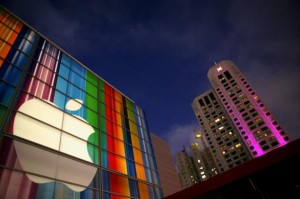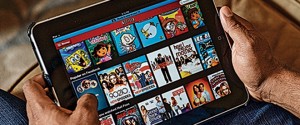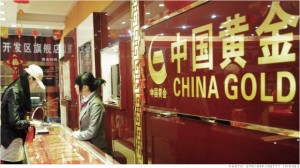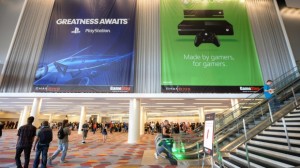
Microsoft has revamped its performance review process. It axed the “stack ranking” that pitted employees against each other.
Resource: http://money.cnn.com/2013/11/13/technology/enterprise/microsoft-stack-ranking/index.html
A recent CNN story, “Microsoft Kills Employee Ranking System”, reported that the software giant has decided to remove its “stack ranking” system of reviewing employees. Microsoft managers had to rank their employees in order of 1-5 in ranking, and no matter how good any of the employees were, some of them had to get the low ranking of a 5. Even the most talented engineers hesitated on working with a group of equally talented engineers, because one of them was going to end up ranked as a 5, so many of them resisted joining the best teams. The assessment method turned employees against one another through unhealthy internal competition and reduced collaboration on projects. Microsoft reports that it now focuses more on personal performance and teamwork that may benefit the company, “which means ‘no more curve’ and ‘no more rankings’”, according to Lisa Brummel, head of Microsoft HR. I support Microsoft’s decision with this change because the original stack ranking system was designed for the manufacturing industry where everyone in a department does the same job, so the stacking method made assessment an easier, more precise way to measure performance. As a software company, Microsoft requires employees who display a combination of innovation, teamwork and intellectual ability, so they could potentially approach a similar task in widely different ways, yet still attain worthwhile results. Using the stacking system was not just harmful to employee morale, but was also counterproductive for the company. When people at the bottom left the company in significant numbers, others further up the line tended to follow in ‘bursts’ as the curve started moving ‘up’. In the end, overall employee contentment suffered and cooperation declined because the staking review system was causing repeated episodes of uncertainty and unhealthy competition among employees. With the impending retirement of Steve Ballmer comes the end of the “rack ‘em, stack ‘em, and sack ‘em” days in the human resources department. Good riddance.
Reference: Pepitone, Julianne. “Microsoft Axes Controversial Employee-ranking System.”CNNMoney. Cable News Network, 13 Nov. 2013. Web. 18 Nov. 2013. <http://money.cnn.com/2013/11/13/technology/enterprise/microsoft-stack-ranking/index.html>.





